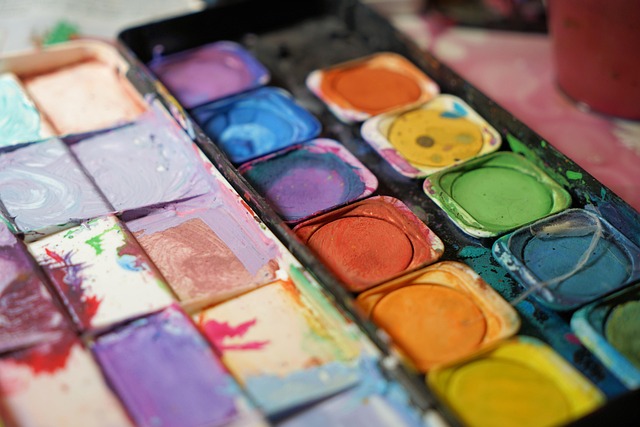In the realm of visual arts, the term compositional harmony resonates deeply with both the creator and the observer. It’s the silent language of art that speaks volumes about balance, unity, and the intricate play of elements within a painting. When an artist captures that essence, they invite viewers into a world where colors, shapes, and forms come together to create a cohesive visual narrative.
Imagine standing in front of a stunning landscape painting. Your eyes wander effortlessly across the canvas, taking in the vibrant hues of the sky, the earthy tones of the ground, and the subtle details of the flora. This feeling of fluidity and connection doesn’t happen by chance; it is achieved through meticulous attention to compositional harmony. Every brushstroke has been thoughtfully placed to guide your gaze and evoke a specific emotional response, drawing you into the scene as if you were part of it.
At the heart of compositional harmony lies the principle of balance. Artists often experiment with symmetry and asymmetry to create tension or calmness within their works. A symmetrical composition might evoke a sense of tranquility and order, while an asymmetrical arrangement can create dynamic energy and movement. The key is to find that delicate equilibrium that resonates not just with the artist’s intent but also with the viewer’s perception.
Color plays a pivotal role in achieving harmony as well. The interplay of complementary and analogous colors can evoke strong feelings and set the tone for the entire artwork. A warm palette may inspire feelings of joy and warmth, while cooler tones can elicit calmness or melancholy. Understanding how to manipulate color relationships to foster compositional harmony is essential for any artist striving to create a compelling piece.
Texture and form also contribute significantly to the overall harmony of a painting. The tactile quality of paint can evoke a sensory experience that enhances the visual narrative. Artists often choose between smooth, polished finishes or rough, textured strokes to convey certain emotions. The integration of different textures must be deliberate to maintain harmony; otherwise, a piece may feel disjointed or overwhelming.
But achieving compositional harmony isn’t just about technical skill; it’s about intuition and emotional resonance. Great artists tap into their inner feelings and experiences, allowing them to infuse their work with authenticity. This emotional undercurrent is what creates a true connection with the audience. When the viewer senses that emotion, they are transported, immersed in a landscape of personal interpretation and reflection.
Inspiration can often be drawn from nature, architecture, or even the complexities of human relationships. By studying the world around us, artists can learn how to mimic the intricate balance found in nature or the harmonious proportions seen in classical architecture. Incorporating these observations into their work can lead to a more profound sense of balance and connection in their paintings.
As you delve into the world of painting, remember that compositional harmony is more than just an artistic principle; it’s an experience. It transforms mere imagery into evocative storytelling, inviting viewers to forge their connections and interpretations. So the next time you paint or admire a piece of art, take a moment to explore the underlying harmony—the essence that binds the elements together and makes the experience so much more enriching.
